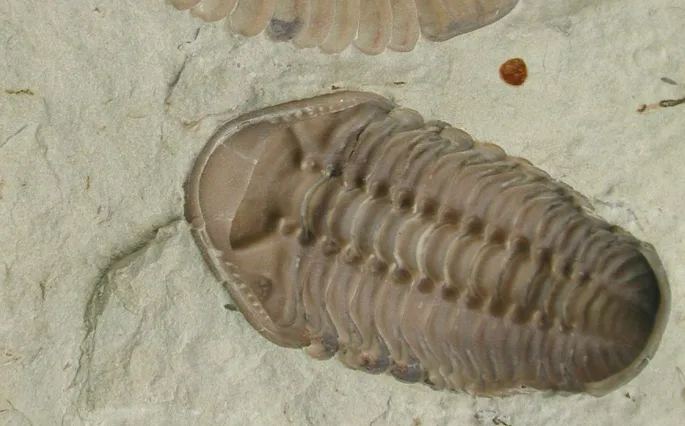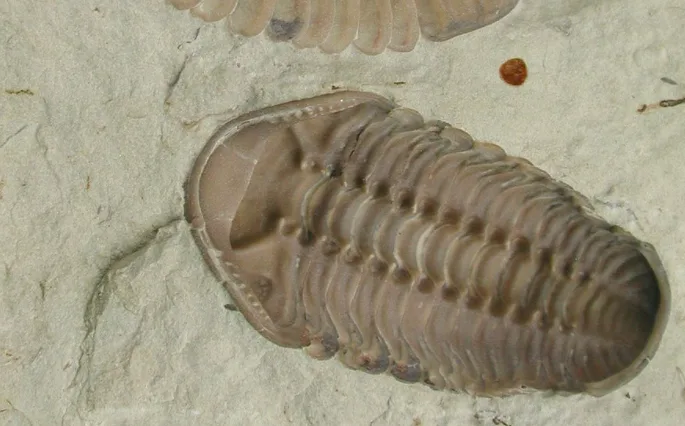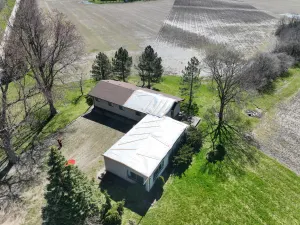
Some of Earth's earliest marine creatures breathed through their legs
As it turns out, the sea has always been home to strange creatures.
Trilobites -- they're a group of extinct marine artiopodan arthropods and one of the earliest-known arthropod groups.
They lived a long time ago, first showing up more than 540 million years ago, and disappearing around 252 million years ago.
This is no short amount of time. These strange, alien-like creatures survived for more than 250 million years, a cool 85 million years longer than the dinosaurs, which graced Earth for about 165 million years.
During their reign, there were numerous species of trilobites -- experts believe there were more than 20,000 to be 'exact' -- and now, a new study has provided some insight into their respiratory system.
It turns out some species trilobites did things their own way, breathing through their legs, assisted by structures that looked like gills hanging from their thighs. The findings were recently published in a study appearing in Science Advances.
Scientists at UC Riverside formed their conclusion with the help of new technology and an "extremely rare set of fossils," researchers said. They used a CT scanner to create a 3D model of the gill structures.
This is important, because it allowed scientists to study the creatures without having to drill away at the precious fossils, which are rare because they're unusually well preserved in pyrite, also referred to as fool's gold.
"But it's more important than gold to us, because it's key to understanding these ancient structures," UCR geology professor and paper co-author Nigel Hughes said in a statement.
The 3D model provided a view "that would even be hard to see under a microscope -- really small trilobite anatomical structures on the order of 10 to 30 microns wide," paleontologist Melanie Hopkins, a research team member at the American Museum of Natural History, said. That is incredibly tiny, considering a human hair is about 100 microns thick.
While this isn't the first study to describe the specimens used, nor is it the first to CT scan them, it is the first to examine this part of the trilobite's anatomy.
It appears they have similar gills to modern arthropods like crabs and lobsters. In the past, there was some debate about the purpose of the structures on the trilobite's thighs, Hopkins said, because the upper leg isn't a great location for breathing apparatus.
"You'd think it would be easy for those filaments to get clogged with sediment where they are. It's an open question why they evolved the structure in that place on their bodies," Hopkins added.
Around 540 million years ago, there was a large-scale diversification in complexity and diversity of marine life. It's theorized the change is related to a rise in oxygen, but much remains unknown.
"Which makes findings like these all the more exciting," Hopkins said.

File photo of a trilobite fossil. Courtesy of Wikipedia CC-BY-3.0.
OTHER STRANGE BREATHERS IN NATURE
Trilobites aren't the only creatures found to breathe in unusual ways.
Some modern-day turtle species 'breathe' out of their butts when temperatures drop and their oxygen needs decrease. It's a process called cloacal respiration. Turtles 'breathe' in oxygen from the water by taking it in through their cloaca, a chamber in their rear with a lot of blood vessels, that absorbs the oxygen.
And then there are several species of frogs, salamanders, and snakes, that practice cutaneous respiration, which is the process of taking in oxygen through the skin.










